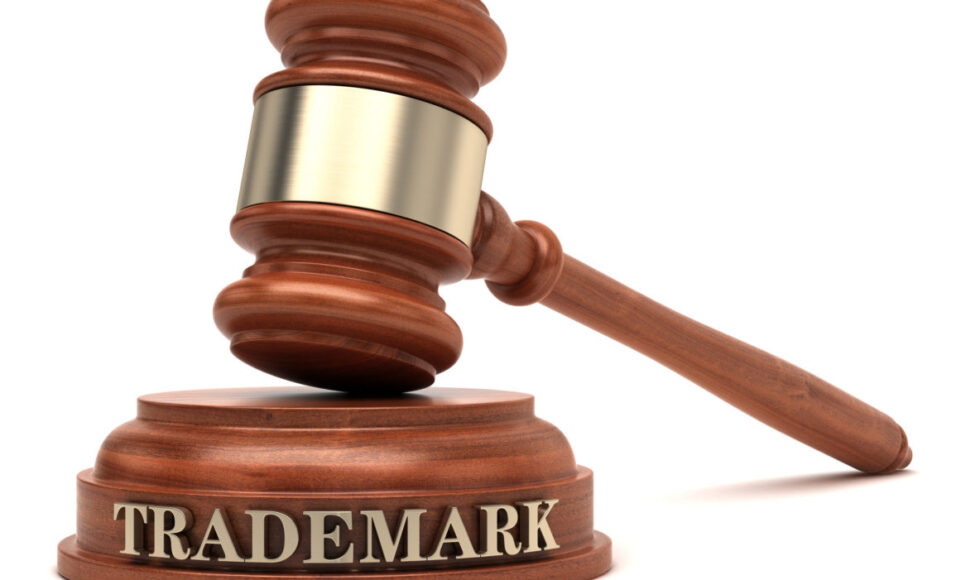Introduction:
Recently, in the writ petitions filed by Allergan (Allergan Inc and Anr. v. Controller General of Patents Designs and Trademarks and Anr.[1]) and Bridgestone (Bridgestone Corporation v. Controller General of Patents Designs and Trademarks and Anr.[2]), the Hon’ble Delhi High Court delved on the interpretation of clause 5 of Section 36E of the Trade Marks Act, 1999 and analyzed whether a failure of the Registrar of Trade Marks to take timely action in notifying the International Bureau regarding the oppositions filed by the petitioners against international applications will invite deeming provision.
In this article, let us see how the Delhi High court has interpreted the applicability of Section 36E(5) of the Act to the conduct of the Registrar of not notifying the WIPO IB within the prescribed time about the oppositions filed by the opponents and thereafter abating the oppositions.
Facts of the Case:
Separate notices of opposition were filed by Allergan Inc. and Bridgestone Corporation within the prescribed time limit of four months from the date of publication of their respective trademarks. Pleadings in the opposition proceedings were completed and final hearing of the same remained. However, the Registrar of Trade Marks passed a sou moto order in both the matters, treating both the oppositions as abated.
The Registrar of Trade Marks communicated to Allergan and Bridgestone that, “By the time the opposition was communicated to the International Bureau of WIPO in the form of Provisional Refusal based on opposition, the international registration was protected in terms of Article 4(1)(a) of the Madrid Protocol and Section 36F of the Trade Marks Act 1999. In these circumstances, the opposition cannot be entertained and opposition proceedings cannot be initiated. However, in order to protect the interest of the opponent, the Registrar of Trade Marks proposes to convert the above-mentioned opposition into an application for cancellation of protection of the mark in India which would be processed in a manner similar to a Rectification application made under Section 57(1) of the Trade Marks Act 1999.”
Contentions of the parties:
Petitioners contentions
The counsels appearing on behalf of the petitioners argued that the orders passed by the Registrar of Trade Marks are in gross violation of the principles of natural justice and without any due consideration, despite the fact that both the parties complied with all statutory requirements within the prescribed timelines in the opposition proceedings.
The counsels further argued that in terms of Section 36E(5) of the Act, the Registrar of Trade Marks ought to communicate its objection to the registration of any international registration in India to the International Bureau, within a period of eighteen months from the date on which the advice is received from WIPO, informing about the international registration designating India. However, the Indian Registry failed to comply with the said requirement within the given time.
Respondent’s contentions
The counsel appearing on behalf of the Indian Trade Marks Registry admitted that due to a technical glitch in the functioning of a software module, the Provisional Refusal (which is generated upon the filing of an opposition to an application under the Madrid system) was not generated and could not be communicated to WIPO within the stipulated period and, therefore, the international registrations designating India of both the parties in the petitions were deemed protected.
The Respondent further stated that as a consequence of this, as the international registration was already protected in terms of Article 4(1)(a) of the Protocol Relating to the Madrid Agreement Concerning the International Registration of Marks, the Trade Marks Office abated the oppositions and for the purpose of safeguarding the interest of both the parties, the Registrar of Trade Marks was taking steps to revive the oppositions and convert into the applications seeking invalidation/cancellation of the trademark so that proceedings similar to an application for rectification under Section 57 of the Act could be initiated.
Moot Issue:
The main issue related to the interpretation of Section 36E(5) of the Act vis-a-vis the applicability of the provision of the Madrid protocol to the facts of the present case. In other words, is the act of the Registrar of Trade Marks of abating the oppositions in consonance with the spirit of the law and natural justice?
Provisions under Trade Marks Law with respect to International registrations designating India:
Section 36E of the Act provides for procedures adopted by Indian Registry in dealing with the international registrations where India has been designated.
36E. International registrations where India has been designated.—
(5) When the protection of an international registration has not been opposed and the time for notice of opposition has expired, the Registrar shall within a period of eighteen months of the receipt of advice under sub-section (1) notify the International Bureau its acceptance of extension of protection of the trade mark under such international registration and, in case the Registrar fails to notify the International Bureau, it shall be deemed that the protection has been extended to the trade mark.
Observation of the Delhi High Court:
The Court stated that a bare reading of the sub-section 5 of Section 36E of the Act would show that where the international registration has been opposed, the deeming provision contained in sub-section 5 of Section 36E of the Act shall have no application. It is applicable only where there is no opposition filed to such international application and the time for notice of opposition has expired. The deeming provision is, therefore, invoked only where the opposition to such international registration has not been filed within the time for notice of opposition.
The Hon’ble Judge also relied on various authorities to support the proposition that a legal fiction like a ‘deeming provision’ can only be invoked where the preconditions provided for invocation thereof are satisfied.
Further, the Court observed that the offer of the Indian Trade Marks Registry to convert the oppositions to applications seeking cancellation cannot remedy the prejudice caused to the petitioners by the orders passed by the Indian Registry, since it is trite law that in the case of a pending trade mark application, the onus is on the applicant seeking registration, as opposed to a Rectification where the onus is on the applicant seeking rectification.
The court also observed that it is settled law that an Act has to be interpreted in its own plain language and it is only in cases where there is an ambiguity or doubt on the interpretation of a statute that aid of the International Convention is taken to provide the necessary statutory interpretation. If the statutory enactment is clear and unambiguous, it must be construed according to its meaning even though it is contrary to the Treaty to which India is a signatory. Whereas, from a reading of the impugned orders it is apparent that the Indian Trade Marks Registry had applied the provisions given under Madrid Protocol strictly without appreciating the difference between the Protocol and the Act. The International applications were to be dealt with in accordance with the Indian Act only, since there is no ambiguity in the provisions given under Section 36(E) of the Indian Trade Marks Act.
Therefore, the Court decided to set aside the impugned orders and remarked that the inaction/negligence of the Registrar of Trade Marks, in this case, should be unpardonable, if the slogan of ‘Ease of doing business in India’ is to be truly achieved. Therefore, the Hon’ble Judge directed that a copy of the order as passed be forwarded to the Secretary, Ministry of Commerce and Industry, for issuing necessary instructions/directions to ensure that aberrations like these do not occur in the future as they would only bring ridicule to the Indian system and denude the faith of foreign investors and stakeholders in India’s capability.
Analysis and Conclusion:
In this particular judgment the court has put emphasis on the rule of interpretation of law/act. The court opined that according to established legal precedent, a statute must be interpreted in accordance with its plain wording. The International Convention is only invoked to give the appropriate statutory interpretation when there is uncertainty or ambiguity regarding the meaning of a statute. Even when the statutory enactment conflicts with the Treaty, to which India is a signatory, it must be interpreted in accordance with its meaning if it is clear and explicit. As a result, as there is no ambiguity in the wording of the Act’s provisions here, applying the Madrid Protocol to interpret Section 36E(5) of the Act is not an option that is acceptable. In this instance, international applications have to be handled solely in line with the Act’s requirements rather than using the Madrid Protocol as a foundation.
The judgment is progressive in nature and the stance taken by the court is in the spirit of the law and natural justice. Since the mistake was done by the Registrar; the repercussion of the same should not fall upon the petitioners. Further, by abating the orders, the Court has made it clear in the international forum that this new India is focusing upon “ease of doing business” and going towards attracting more investments in the country. Therefore, such mistakes cannot be pardonable and the Registrar or any such authority should act diligently and/or more responsibly while dealing with the provisions of domestic law which are derived due to India being party to the International treaty system.
Further, the Delhi High Court has become a forum, where new IP jurisprudence has been laid down by the Hon’ble judges of the court after the abolition of IPAB. This judgment clears the air about the applicability of the Section 36E(5) of the Indian Trade Marks Act, 1999 and also mentions that when there is any ambiguity, the provision of domestic law prevails over the international act/protocol.
References:
https://www.livelaw.in/news-updates/delhi-high-court-controller-general-trademarks-211543;
https://www.livelaw.in/pdf_upload/nac12102022wo552021183727-439089.pdf;
https://wipolex-res.wipo.int/edocs/lexdocs/treaties/en/madridp-gp/trt_madridp_gp_004en.pdf;
The Indian Trade Marks Act, 1999.
[1][W.P. (C)-IPD 55/2021 & CM 37157/2019]
[2] [W.P. (C)-IPD 76/2021 & CMs 17414/2019, 23630/2019]

